Damascus Room
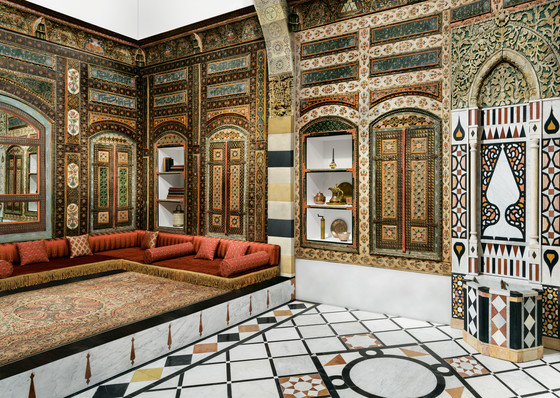
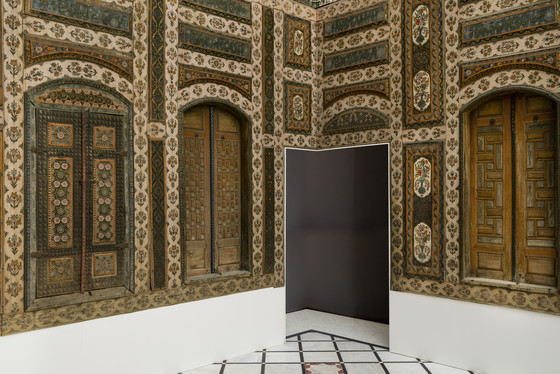
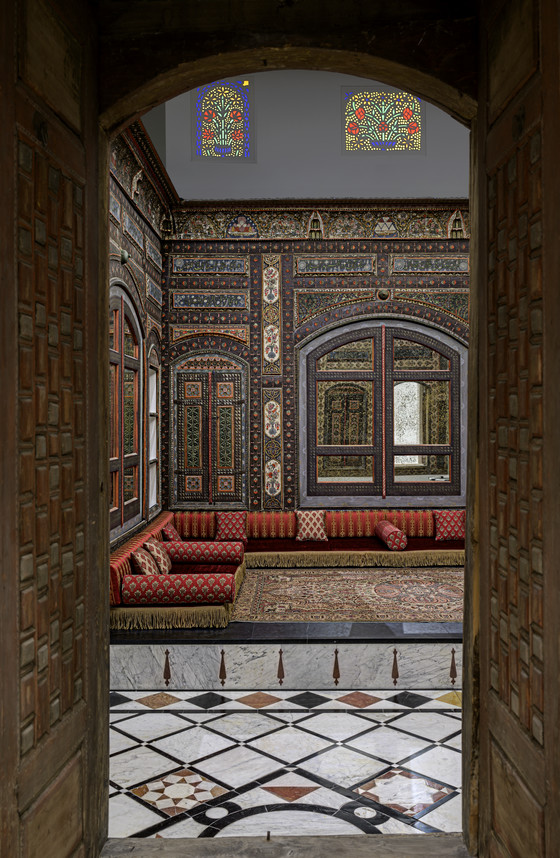
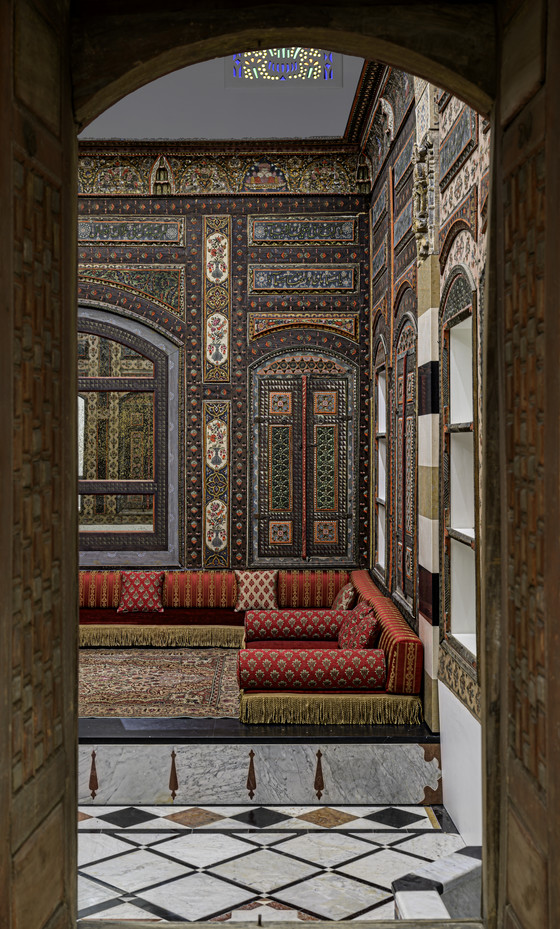
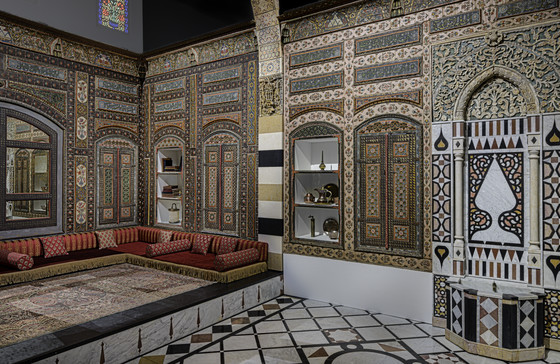
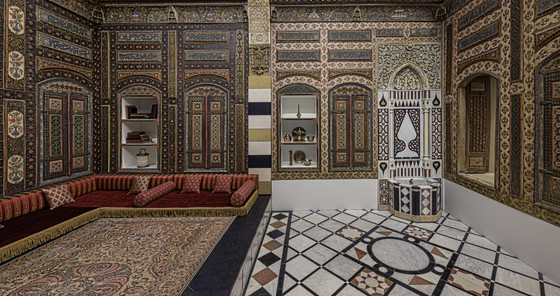
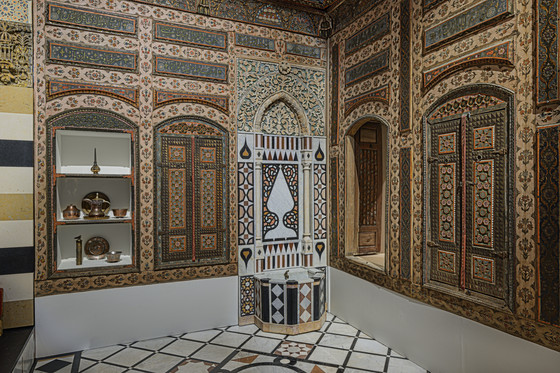
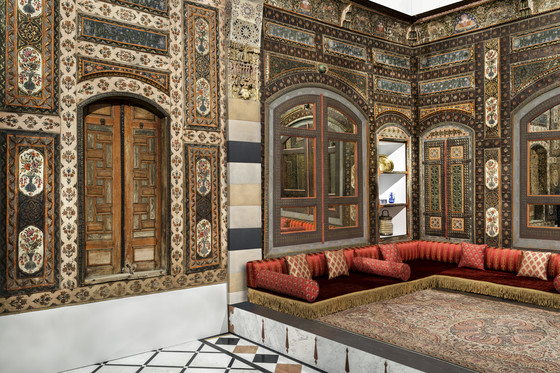

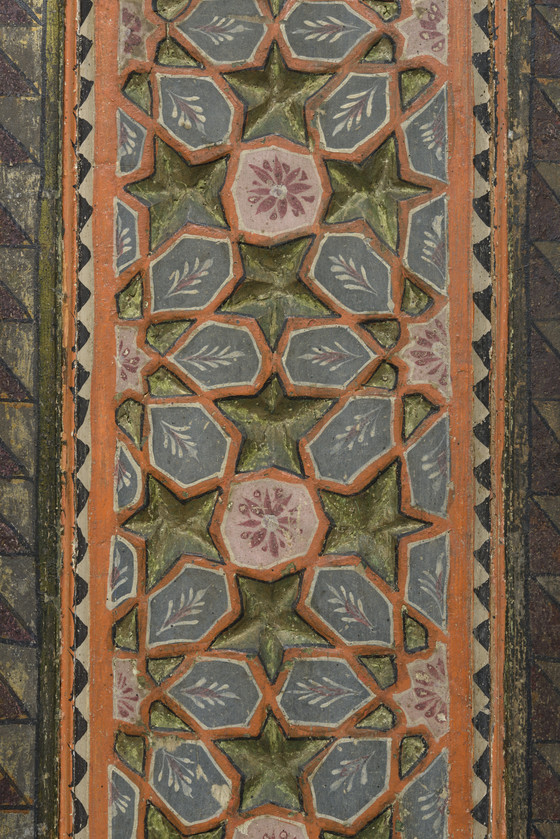


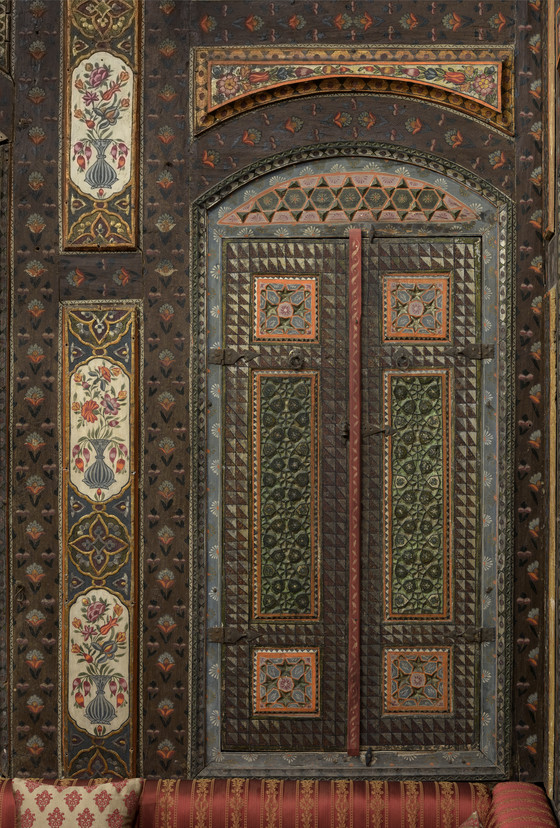

Please log in to add this item to your gallery.
View comments
No comments have been posted yet.
Add a comment
Please log in to add comments.
Please log in to add tags.
* Nearly 20,000 images of artworks the museum believes to be in the public domain are available to download on this site.
Other images may be protected by copyright and other intellectual property rights.
By using any of these images you agree to LACMA's Terms of Use.
Damascus Room
Syria, Damascus, AD 1766–67/ AH 1180
Architecture; Architectural Elements
Wood (poplar) with gesso relief, tin and brass leaf, glazes and paint, plaster with stone paste inlays, and multicolored stones
Installation: 240 × 180 × 144 in. (609.6 × 457.2 × 365.76 cm)
Conservation of the room was organized in partnership with the King Abdulaziz Center for World Culture; additional conservation support was provided by the Friends of Heritage Preservation (M.2014.33)
Not currently on public view


